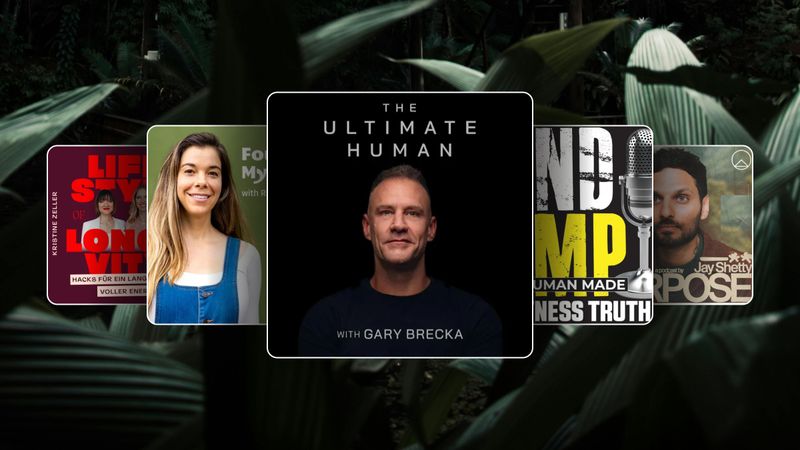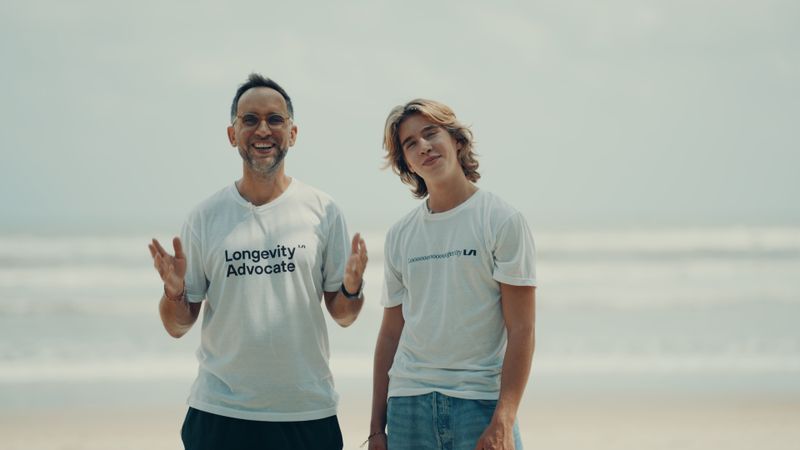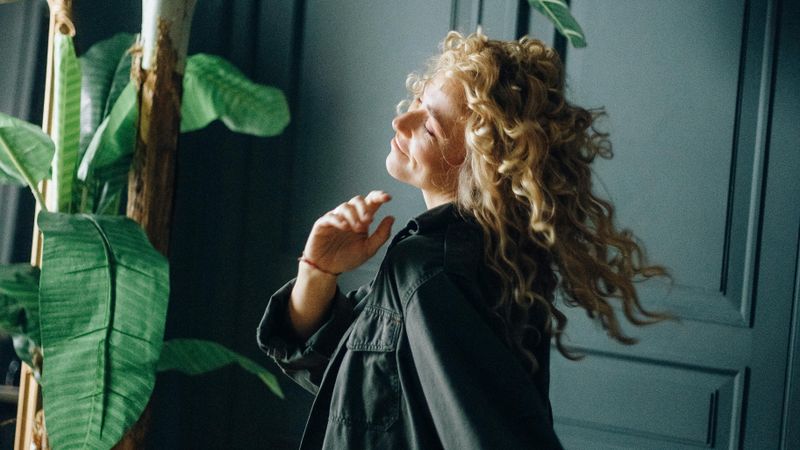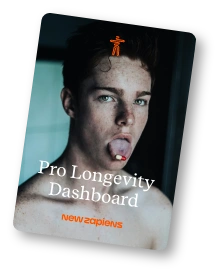From Fragile to Functional: Why Midlife Women Need a New Strength Paradigm
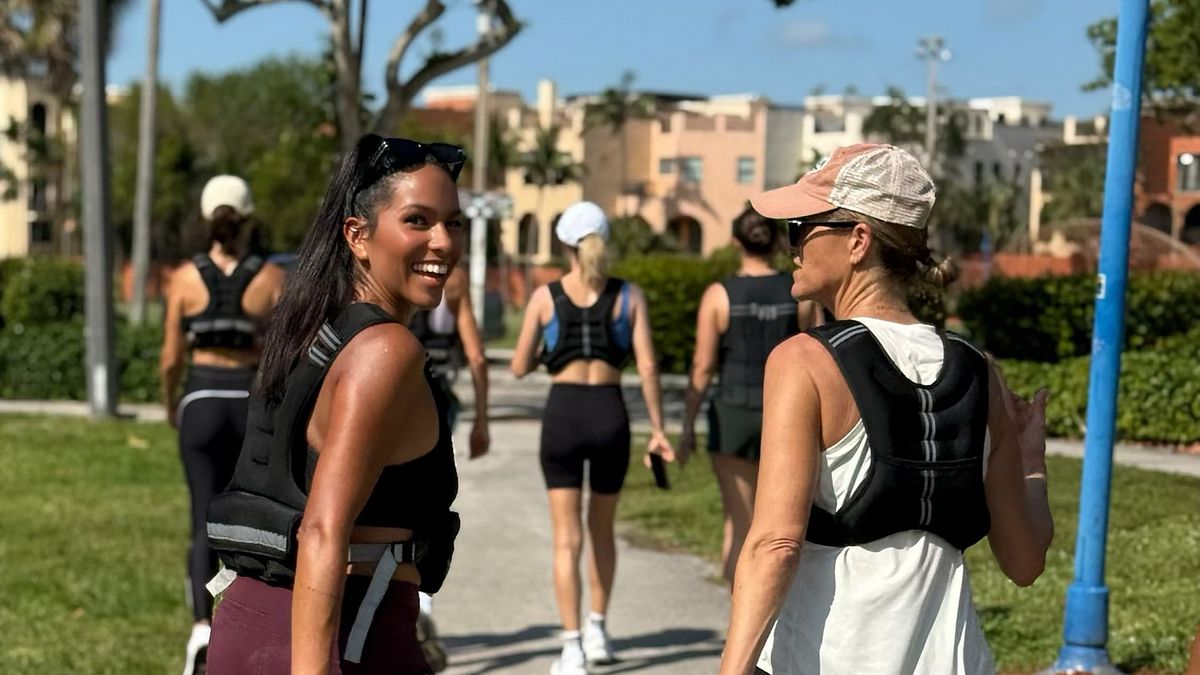
I never thought my next company would start with a bone scan.
But here we are.
At 41, I’m building again. Not because I had a big tech idea or saw a market gap, but because I got scared. And then angry.
Scared when a DEXA scan revealed early signs of bone loss. Angry when I realized how little support exists for women in midlife—especially around invisible health risks like bone density and muscle decline.
Let me back up.
I’ve always been active: triathlons, yoga, snowboarding, you name it. But no one told me that after 30, women start quietly losing 1–2% of bone mass per year. Or that half of all women over 50 will suffer an osteoporosis-related fracture. And that we begin losing muscle, which can impact everything from energy to mobility to metabolic health.
I looked fit. I felt strong. But the scan made one thing clear: this wasn’t about vanity. It was about vitality.
So I went deep. (It helps that my husband is a longevity nerd.) I read the research, talked to experts, lifted heavier. But what surprised me most was something ancient:
Walking with weight.
Also known as rucking.
Rediscovering Movement with Meaning
Rucking (derived from the term rucksack) originated in military training as a way to build strength and stamina for combat. Today, it’s quietly becoming one of the most accessible tools in functional fitness and longevity circles.
Think of it as resistance training meets low-impact cardio. You walk with added weight, activating your entire body without the joint stress of running. While it won’t build muscle mass like strength training, rucking supports muscle maintenance, metabolic function, and reinforces one of the most important physical foundations as we age: bone density.
Here are a few science-backed benefits worth knowing:
1. Supports Bone Health
Bone Health: Weight-bearing + impact = stronger bones.
Studies show that walking with added weight can slow or even reverse age-related bone loss by 1–2% per year, especially in the spine and hips. That’s significant, considering most women lose that much annually after 30.
2. Burns Calories
Adding weight increases calorie burn compared to regular walking. That makes rucking a more efficient, lower-impact way to increase daily energy expenditure - especially for women managing hormonal changes that impact metabolism.
According to David Looney, an exercise physiologist who studied weighted vests for the U.S. Army:
- Wearing one that’s 10% of your body weight can burn 8.5% more calories.
- At 20%, it jumps to 19.7%.
3. Supports Muscle Strength
Rucking turns a simple walk into a full-body functional workout. It engages:
- Glutes
- Hamstrings
- Calves
- Core
- Postural muscles in your upper back and shoulders
While it won’t replace lifting heavy, it targets slow-twitch muscle fibers, improving endurance, balance, and joint stability over time.
4. Improves Posture
Carrying a well-fitted vest activates the deep stabilizers in your back and core. You naturally adopt a tall, upright posture while rucking. This is especially important for counteracting the rounding and slouching that accelerates with age.
5. Boosts Energy + Mood
A 30-minute ruck can do more for your mood than a double espresso. Movement combined with load stimulates blood circulation, increases oxygen flow to the brain, and releases feel-good endorphins. Many women describe feeling clear-headed, focused, and energized - especially if you walk outside in nature.
Why This Matters More in Midlife
Rucking doesn’t require a gym, a subscription, or a schedule overhaul. It’s simple, powerful, and sustainable. For women navigating midlife (where strength, hormone shifts, bone protection, and nervous system regulation are all in play) rucking is uniquely supportive.
I know because it worked for me. And I’ve watched it work for dozens of other women who’ve joined me, week after week, for 3 mile rucks in Miami, virtually, or just around their neighborhoods.
It’s not about being hardcore. It’s about having a steady rhythm. One that builds strength, slowly and deeply. One that helps you feel your body in a new way.
For too long, strength in women has been framed as aesthetic or performative. But what about the quiet, sustaining kind? The strength to carry families, calm your nervous system, or simply feel good in your skin?
If You Feel the Shift Too
If you’re less focused on shrinking and more interested in building real, lasting strength—you’re not the only one.
There’s a growing community of us rethinking how we move, eat, recover, and show up in midlife. If rucking feels like a fit, I’ve put together a free Rucking 101 Guide to help you get started: www.yvotywarrior.com
And if you’ve found other rituals or tools that support your strength in this season, I’d love to hear what’s working for you. Let’s swap notes. We’re all experimenting—walking, lifting, breathing, evolving. It’s not about doing it perfectly; it’s about doing it together.
References
Author: Marie Berry
Marie Berry is the founder of YVO, a premium fitness brand redefining strength for women in midlife. A serial entrepreneur and global marketing executive, she’s blending personal health with her passion for brand, creativity, and commerce—this time with a mission to make midlife powerfully visible.

